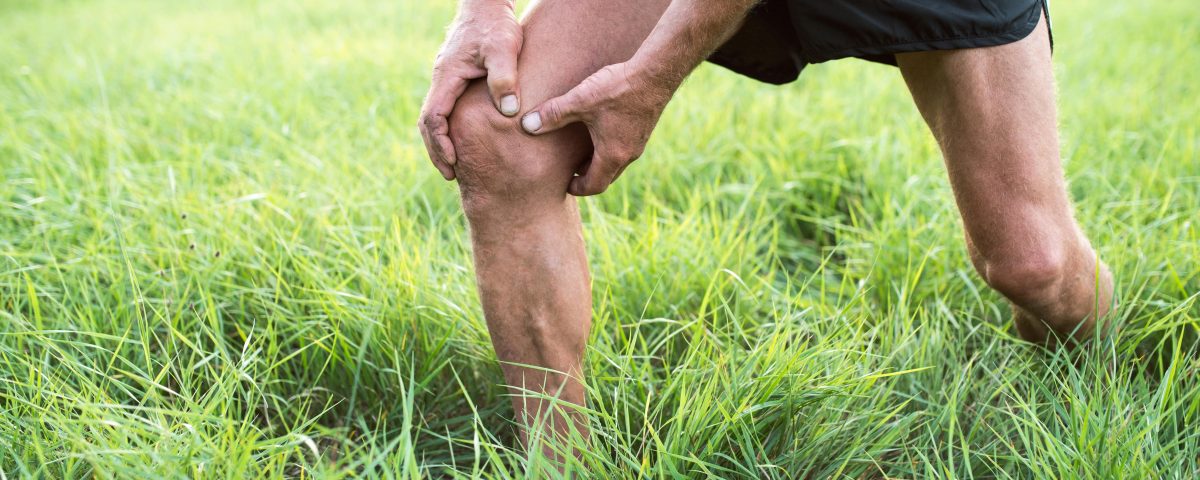Common Gym Injuries – Knee

Plantar Fasciitis – One step at a Time!
October 12, 2020
Patellofemoral Pain Syndrome
December 11, 2020Common Gym Injuries – Knee

Knee Injuries
Knee Injuries & pain in the gym or after exercising is one of the big presentations we see here at City Physio. The difficult part for your physiotherapist is to differentiate what structures in the knee are damaged and why. Without knowing these 2 things it is impossible for effective rehabilitation to occur. The knee itself is a complex structure and it has many structures that can be damaged and may be responsible for your pain.
The knee joint is made up of 4 bones: The femur (thigh bone) sitting above the joint, the tibia and fibula bones (shin) sitting below the joint and a patella (knee cap) which sits anterior to the joint. Holding these bones together are 4 major ligaments including the Medial Collateral Ligament (MCL) on the inner side of the knee, the Lateral Collateral Ligament (LCL) on the outer, and both the Anterior and Posterior Cruciate Ligaments (ACL and PCL) crossing over each other within the knee joint. Cushioning these structures is the meniscus a shock absorber inside the knee resting atop the tibia. Any of these structures or the many tendons and bursae surrounding the knee can be damaged and result in pain to the knee. In the absence of direct trauma, however, the “what” is not so important, rather we need to look at the “why”.
There are 3 primary causes of knee injuries & pain with physical activity, what would surprise you is most of the time it’s not your knee’s fault! Although pain presents in the knee the locations responsible for your symptoms are more likely stemming from dysfunction higher or lower in the body. These 3 primary locations are the hip, the foot, and the patella.
HIP
Hip position dictates a tremendous amount of where and how the knee is loaded by your body weight. If your hip position is promoting abnormal loading of the knee or causing extra load on the knee joint then you are likely to experience worsening pain as you continue to exercise. The hip is the foundation of the lower limb and supports all the weight above it. Squatting or running with your hips too far forward is therefore going to shift the center of your body mass forward and will disproportionately load the anterior (front) of the knee compared to the back. Similarly, having hips tilted anteriorly or posteriorly away from neutral with affect your body’s ability to recruit muscles between the hip and knee, decreasing their efficiency in stabilising the knee under load. To avoid knee pain stemming from the hip learning to load with the body in a hip neutral position is crucial.
FOOT
Reverse to this, is the role of foot position and its contribution to knee pain. The foot supports the entire body’s weight whenever you mobilise. Changes in foot position such as pronation (flat feet) or supination (high arches) will alter the way that your body weight transitions through the lower limb and into the ground. These altered foot positions load the inner and outer aspects of the lower limb respectively and create torsion up the tibia (shin) and femur (thigh) bones. The knee joint being positioned between these bones receives most of the force from this torsion, and if it does not possess the stability to counter this, will have to alter the way it bends causing pain and damage to its structures. In mild cases this may result in irritation and light swelling, but in more severe cases may result in damage to the ligaments of the knee or its menisci.
Natural foot position varies across the population, the mere presence of high arches or flat feet is not enough to outright be the cause of pain, instead how those foot positions load the knee is what is important. If your natural foot position has changed recently due to new footwear or training on a new ground type (grass, asphalt, or sand) then your feet may be to blame for your knee pain.
PATELLA
Patella tracking is the final primary cause of pain in the knee. Although technically it is a part of the knee joint, this is another case where the knee is the victim not the culprit. The patella is held in suspension by the quadricep muscles and glutes. If one or more of these muscles is weak or activating abnormally the patella position will shift. As the knee is bent the shifted patella will not track correctly and can rub against the femoral condyles or one of the many bursae in the region. This increase in friction each time the knee is bent accumulates until the knee becomes irritated and presents with pain and swelling. Short-term fixes like sports tape and knee braces can assist the patella to track correctly but until the muscles imbalance present in the quad or glute is corrected the patella is susceptible to poor patella tracking a condition we refer to as patella femoral pain syndrome.
As a guideline to happy knees, remember these key points:
- Check your hip and foot position is neutral (for you)
- Center your bodyweight correctly
- Do not allow excessive torsion in the knee (either knocked or bowed)
- Ensure that the patella is tracking centrally
If you are following the above tips you are unlikely to experience knee Injuries & pain while exercising at the gym. As always, if you have tried the above without success or your knee pain does not seem to fit into one of these areas it’s time to get a professional opinion! Any of the physios here at City Physio in Martin Place will be happy to assess your knee and getting you back on track to training pain-free.
Jordan Pink

